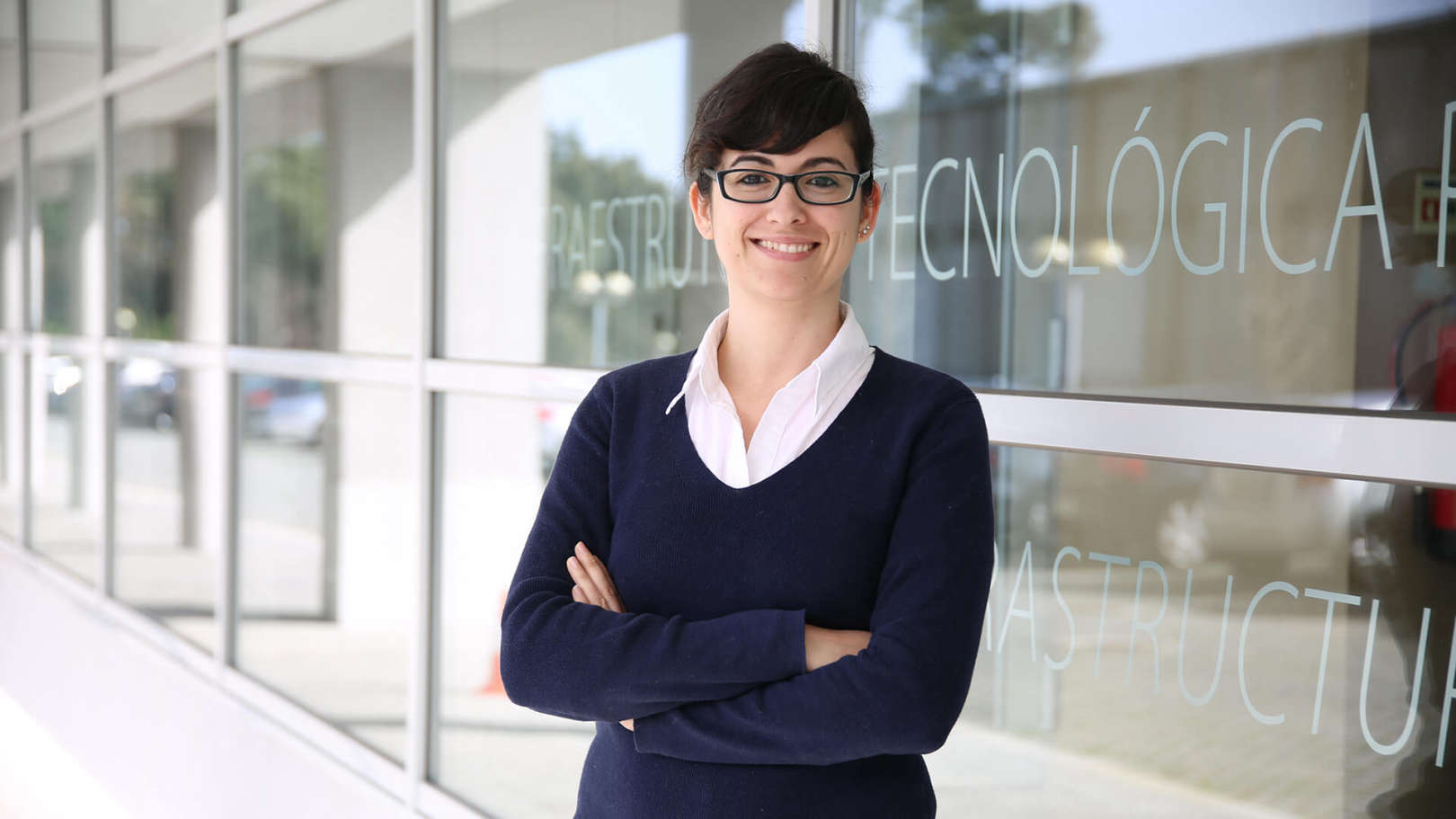About
I was born in Lisbon, Portugal, in 1983 and graduated from Faculdade de Ciências e Tecnologia Universidade Nova de Lisboa (FCT-UNL) in Physics Engineering in 2006. My undergraduate research consisted in developing and assembly of a specialized X-ray fluorescence spectrometer. This work lead to a Master in Physics Engineering (FCT-UNL, 2007) and a PhD in Atomic Physics (FCT-UNL, 2011) entitled: “Measurement of lead concentration in biological tissues by atomic spectroscopy techniques”.
In 2012, I moved to Albany (New York, USA) as a Postdoc in Analytical Chemistry, to work at the Trace Elements group, Wadsworth Center New York State Department of Health. In the same year I transitioned to a Research Scientist position and became supervisor of the X-ray lab. Here I participated in multiple projects concerning biomonitoring and environmental analysis of trace elements in several matrices (food, cosmetics, medicines, consumer products, human tissues and body fluids) using analytical techniques based on atomic spectrometry, including synchrotron radiation at the Cornell University. I also spent 2 years as a Research Assistant Professor at the University at Albany, State University of New York – School of Public Health, Department of Environmental Health Sciences.
In 2016 I decided to shift my research focus from atomic to nuclear radiation. I moved to Porto, Portugal, and I am currently working at INESC-TEC developing fiber optic sensors to detect the presence of Radon, a radioactive element, in marine environments.


